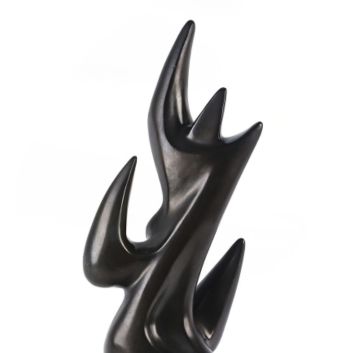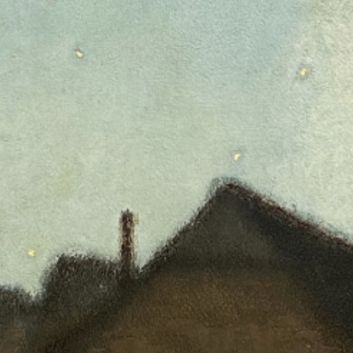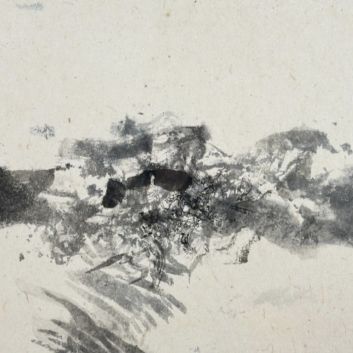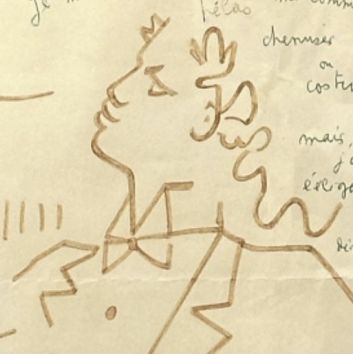Rating and value of Amedeo Modigliani's drawings
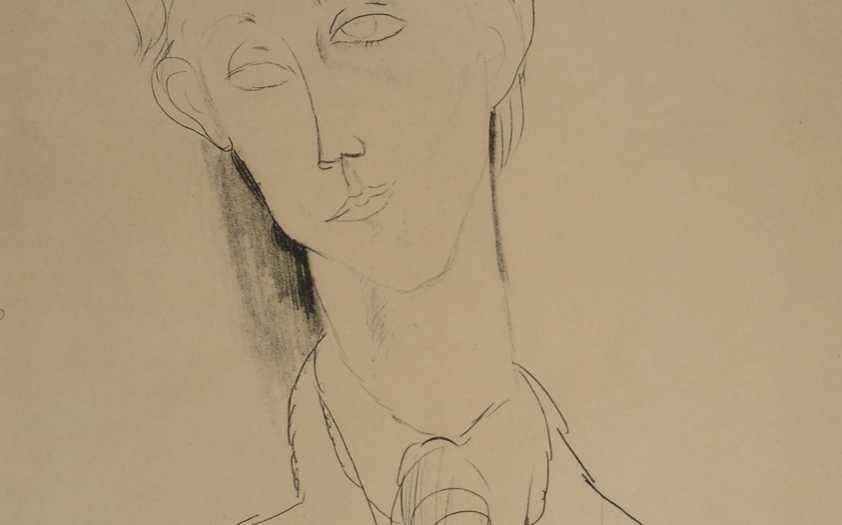
Painter, draughtsman, sculptor... Modigliani is a major figurative artist of the 20th century, a leading representative of the Paris School. His work is highly prized by collectors the world over, and his market value continues to rise.
If you own a work by or based on the artist Modigliani and would like to know its value, our state-approved experts and auctioneers can help you.
Our specialists will carry out a free appraisal of your work, and provide you with a precise estimate of its value on today's market. Then, if you wish to sell your work, we will guide you towards the best possible means of obtaining the best possible price.
Artist's rating and value
Little-known in his own lifetime, but now acclaimed for his genius, Modigliani has established himself as a sure thing on the art market. His works are extremely sought-after, regularly setting auction records around the world.
Despite his varied artistic output, his drawings are extremely highly regarded by collectors and can sell for over €1 million, as evidenced by his pencil on paper Tête de Cariatide sold for €1,139,840 in 2016 at Christie's.
Order of value from a drawing "after" Modigliani to an "authentic" drawing by Modigliani
Design type | Results |
|---|---|
Sketch | From €5,500 to €320,140 |
Nude | From €5,000 to €762,750 |
Portrait | From €2,000 to €910,630 |
Caryatid head | From €5,500 to €1,139,840 |
Response in less than 24h
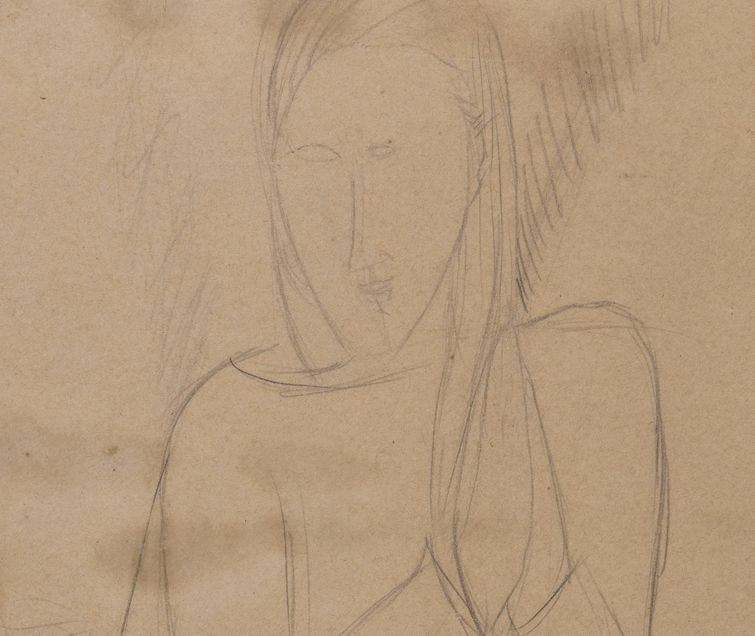
The artist's works and style
First a painter, then a sculptor and finally a draughtsman, Modigliani's works are varied.
Modigliani's paintings are common in museums but rare in auction rooms. His characteristic portraits with stretched faces and livid eyes are highly sought-after, fetching tens of thousands of euros at auction for drawings, and tens of millions for oil on canvas.
As rare as his paintings, Modigliani's sculptures are highly prized. The artist worked in many techniques, including bronze, marble, stone and copper.
His bronze works remain the most common, and may exist in several copies. Sculptures in stone, whether sandstone, marble or other materials, are considered rare and exceptional, and can easily fetch prices in excess of a million euros.
Modigliani, one of the most highly regarded artists of the École de Paris
Of Italian origin, Modigliani was born in Livorno in 1884.
He showed a hot-tempered temper from an early age, and was a pampered child, especially by his mother, who was ill from infancy. She raised him alone with his two sisters in Sardinia.
Myth and sources from the family's various diaries indicate that Modigliani discovered his vocation when he was in the throes of a psychic delirium after contracting typhoid fever.
He began by drawing portraits, a genre that was to play a major role in his work, both in painting and sculpture. By the age of thirteen, he was already taking drawing lessons, supported by his mother. Not considering himself suited to school, he decided to enter the Beaux-Arts academy a year later, a decision that greatly displeased the rest of his family.
At the time, he was the youngest student at the Beaux-Arts and trained alongside a landscape painter who eschewed academicism in favor of a more realistic approach, favoring color over drawing. He also met Gino Romiti, who taught him the art of the nude.
Despite his highly avant-garde style, he was greatly influenced by Gothic, Renaissance and Pre-Raphaelist painters. He was then fascinated by Naples and Pompeii, which led him in the direction of sculpture thanks to the discovery of archaizing sculptures at these sites.
From 1902, he attended the Free School of the Nude in Florence, then the School of Fine Arts in Venice. He led a rather decadent life, however, preferring to work in cafés and brothels.
He spent time with Manuel Ortiz de Zarate, who introduced him to Impressionism and the caricatures of Toulouse-Lautrec, probably speeding up his arrival in Paris.
Find out more about the way he works
From 1906 onwards, he attended the Colarossi academy in Paris and spent lavishly, quickly running through his savings. He moved constantly and was regularly evicted from the apartments he occupied. Exuberant and an alcoholic, he regularly provoked incidents: starting fires, being taken into police custody on a regular basis, his life was far from calm and stable.
Gradually, trapped by his addictions, he could no longer create and paint without drinking or taking narcotics. Many believe that they stimulated his creative impulses and helped him to unfold his genius. However, despite his financial difficulties, he retained his legendary charisma and generosity.
He invented " drinking drawings ", frequenting cafés, especially those in Montparnasse, where he portrayed people in exchange for a drink or money. It was also there that he met and befriended many avant-gardists: Cocteau, Kisling, Foujita, Survage, van Dongen, Braque...
Modigliani knew many of the artists of his time and painted realistic portraits of many of them. He did not anticipate Post-Impressionism, and his creative process was disrupted by it. He questioned himself and moved closer to Cubism, influenced in particular by Braque. In this way, he worked to synthesize all the influences that had influenced his art.
He managed to get himself exhibited in a few galleries and organized a solo show in 1917 at the Galerie Berthe Weil. Fleeing the end of the war, he went to work in Provence with Soutine, Zborowski (his dealer and supporter), Foujita and Jeanne Hébuterne, his companion.
Returning to Paris in 1919, he began to enjoy success with the public, but much less so with his declining health. He continued to paint until the end, refusing treatment and dying in hospital at the age of 35.

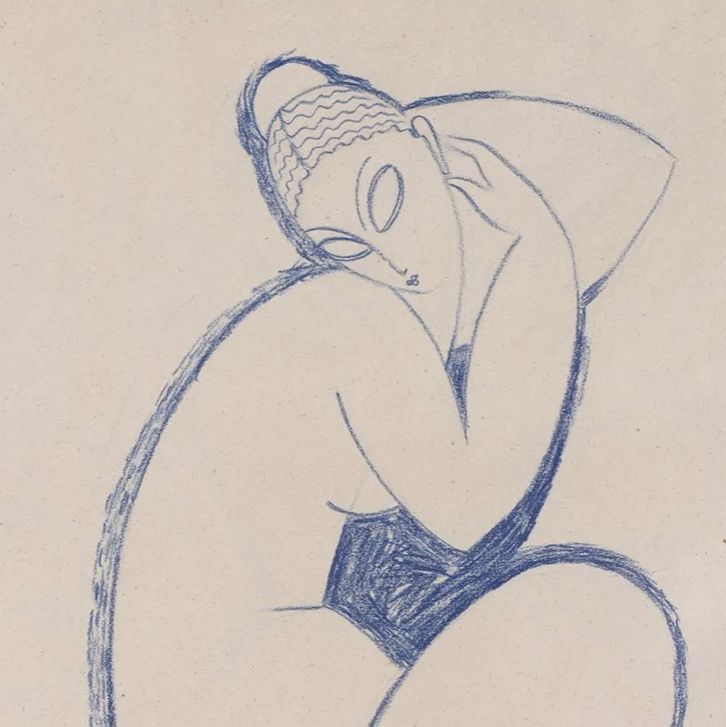
The exponential price of Modigliani's drawings on the art market
Unlike his paintings and sculptures, his drawings are fewer in number, making them all the more sought-after by collectors. Their intimacy and spontaneity further enhance their appeal. On the art market, this rarity, combined with the artist's tragic history - a life marked by illness, poverty and premature death at the age of 35 - lends his works a romantic aura that enhances their desirability.
Today, Modigliani's drawings are among the most sought-after and valuable works, as much for their aesthetic value as for their historical significance. They are emblematic testimony to the Parisian avant-garde of the early 20th century, and continue to influence contemporary artists. It is this duality between avant-garde modernity and a profound respect for classical traditions that makes Modigliani's work a cornerstone of modern art history.
Identifying your signature
Not all Modigliani's works are signed.
Although there are variations, here is a first example of its signature:
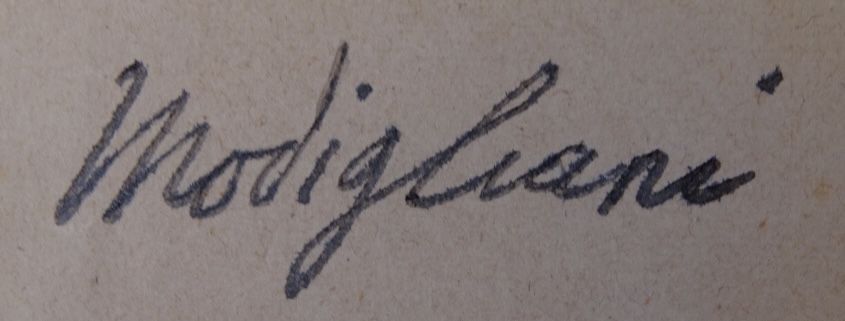
Appraising your property
If you own a work by Modigliani, don't hesitate to request a free appraisal by filling in our online form.
A member of our team of experts and certified auctioneers will contact you to provide an estimate of the market value of your work signed by or after Modigliani.
If you're thinking of selling your piece of art, our specialists will also guide you through the various alternatives available to get the best possible price for your work, taking into account market trends and the specific features of each object.
Response in less than 24h
Related topics
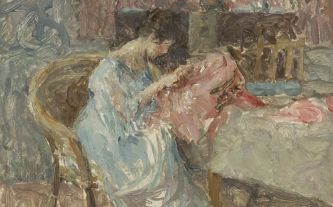
Rating and value of works, drawings, paintings by Emile Bogg...
Emile Boggio is a Franco-Argentinian Impressionist painter who produced drawings and paintings that are highly prized at auction. Estimated in 24h.
Read more >
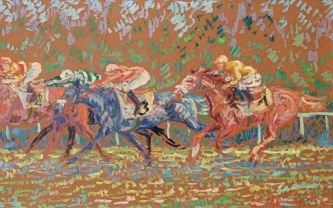
Rating and value of works, drawings, paintings by Serge Mend...
Serge Mendjisky is a pointillist artist of the late 20th century who produced works that are highly prized at auction.
Read more >
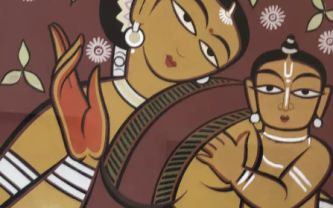
Rating and 2024 value of paintings by Jami...
Jamini Roy is a modern Indian painter of the 20th century who has produced works that are highly rated and valued at auction.
Read more >
Secure site, anonymity preserved
State-approved auctioneer and expert
Free, certified estimates


